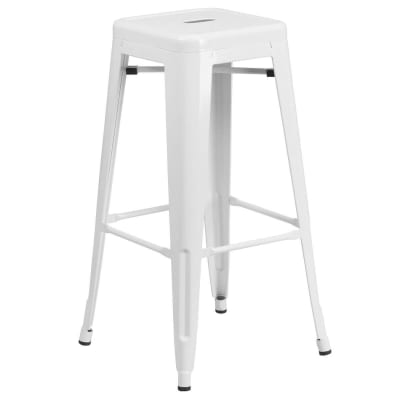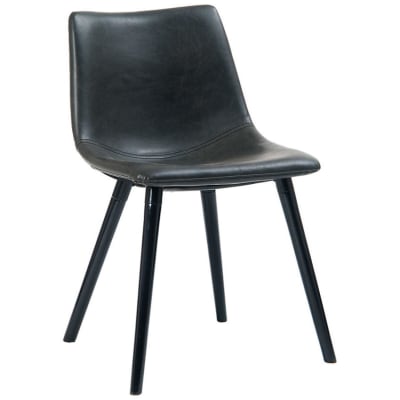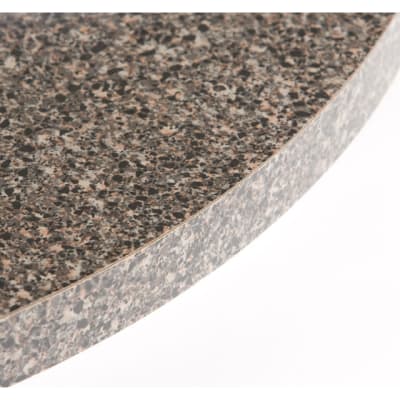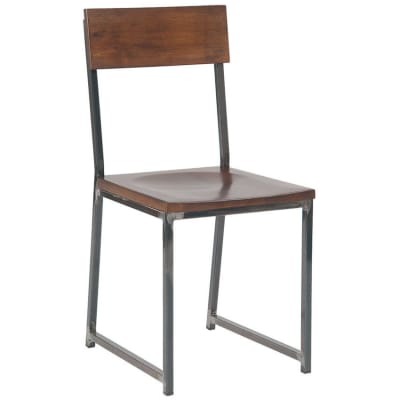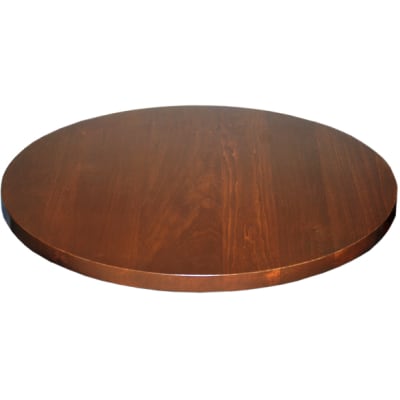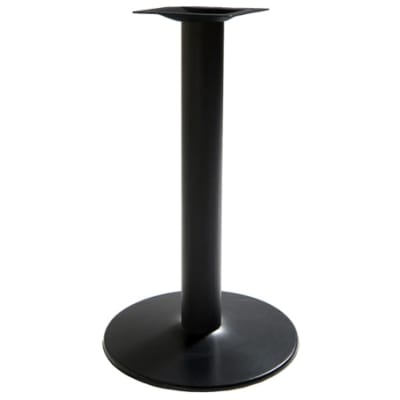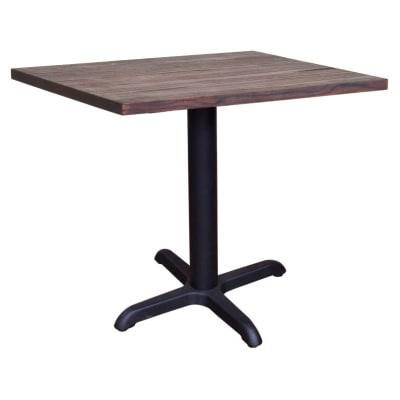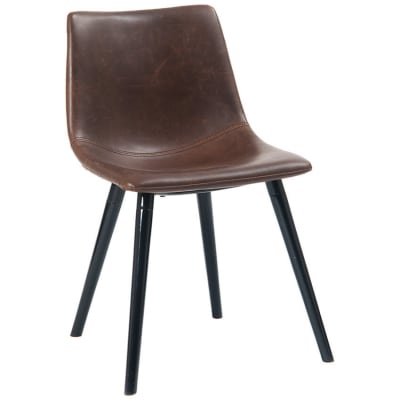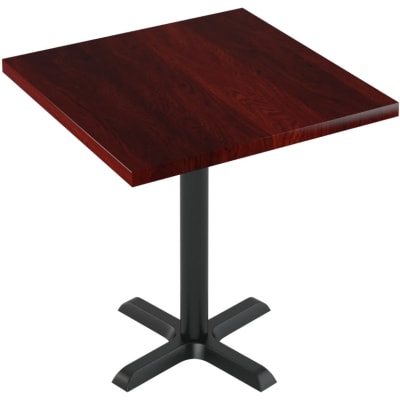Though a major part of it, good coffee and pastries aren’t the only factors that guarantee your cafe’s success. If you plan on opening up a cafe or revamping your existing location, this is important to keep in mind. Designing your cafe or coffee house in a way that makes it stand out is key. Ambiance and decor can make a lasting impression among guests. If your cafe has a unique concept or unconventional decor to offer, people may spread the good word around and visit your cafe more often and you are more likely to attract more customers.
Coffee Shop Interior Design Ideas: Cafe Interior Design & Layout Tips

Coffee Shop Interior Design: The Basics
Designing a coffee house requires adequate time and thought. There are several steps involved in the entire process and if they are well executed, your business will be a success. Below are some of the basics to consider:
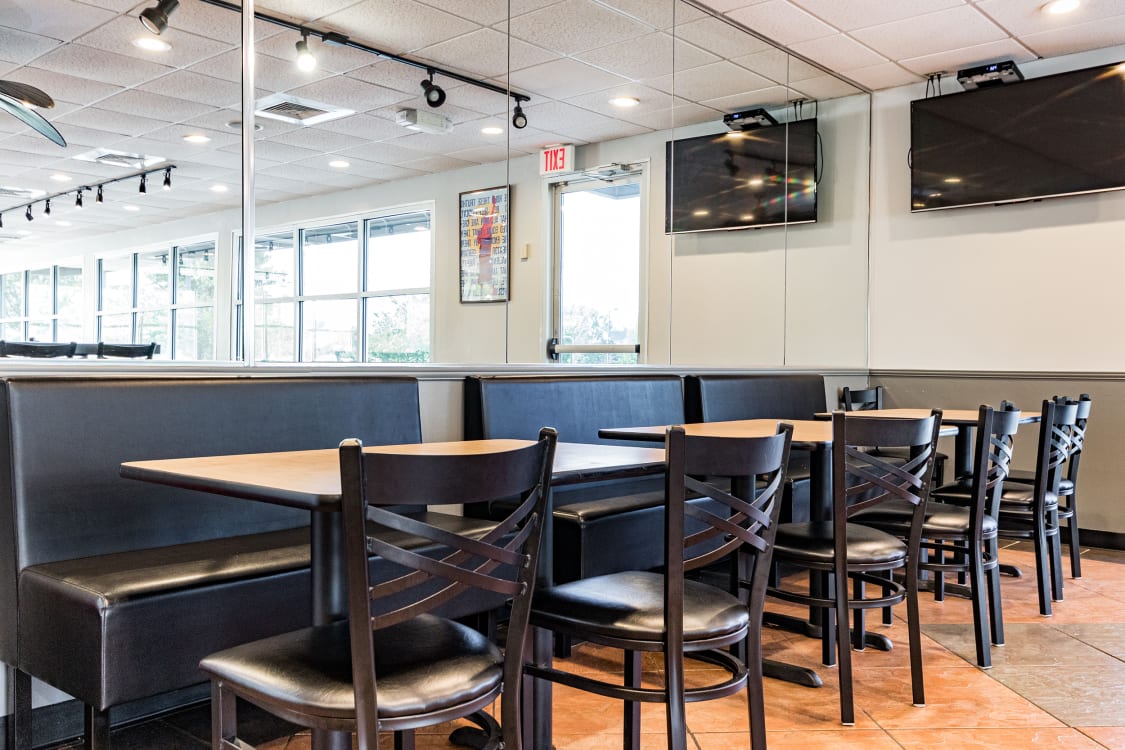
- Location - This is foremost when it comes to establishing your business. If your cafe or coffee shop is too remote from the mainstream of people passing by, chances of them spotting your place are not very high. Unlike restaurants where diners can leisure for several hours, customers spend an average of half an hour at a cafe and no one is going to travel 20 miles to have coffee at a distant location.
- Target Audience - Your target audience should be your prime focus. It is therefore essential that your cafe design caters to their needs and desires in every way. Your brand should be attractive to them and guarantee a comfortable and fulfilling customer experience. For example, if you want to connect with college students looking for a fun coffee experience, your decor should be youth-friendly. Perhaps use a theme taken from pop culture. However, if you are looking to create a quiet workspace for working individuals at your cafe, you should have enough charging stations for their laptops and provide quick WiFi. Your decor should be subtle and classy instead of using bright colors.
- Concept and Theme - You may have a theme in mind. If you haven’t developed a concept yet, there are a myriad of ideas about colors, schemes, lighting and artwork. If you aren’t sure where to start, get in touch with a professional for some direction. A designer can guide you through designing your cafe once you know what your objective is. You can then design a layout plan or make a blueprint for your cafe.
- Reflecting Your Brand and Mission - A strong brand that is palpable through your employees, service and decor will make your cafe memorable. Your brand encompasses your cafe’s concept, personality, identity, and mission. Your cafe decor and coffee house interior should be consistent with and even enhance your brand.
- Selecting a Color Theme - Vibrant colors are great choices for the color theme if you are trying to brighten up your cafe or make it look cheery. If you want to go for something less vivid, opt for a combination of white tones with dark hues. The colors you select for your logo and decor can also influence customer behavior.
- Being Smart with Your Use of Lighting - If and when possible, it’s best to make use of natural lighting, take advantage of organic light and conserve energy. Cool lights are a great option during the day as they illuminate areas of the cafe with tones similar to that of daylight. Warm and soft lighting fixtures are ideal for creating a comfortable atmosphere because they create a more gentle contrast from the darkness. You may want to use warm or cool tones, depending on your coffee shop’s brand.
- Seating Arrangements and Layout - Now that you have a blueprint, you can decide on your seating arrangement. Do you want to have indoor seating, outdoor seating or both? Do you want to have comfortable chairs and tables or do you prefer the comfort and appeal of booths? Or perhaps a well balanced mix of both? If you provide outdoor seating, how will you make it comfortable in hotter or colder seasons? What view will your customers have? These factors should be kept in mind when you make decisions for your seating layout and floor plan. Make sure the furniture you equip your café with is complimented by the color theme and lighting. The furniture design and built should be more or less uniform with the decor and most importantly, comfortable.
Modern Coffee Shop Design
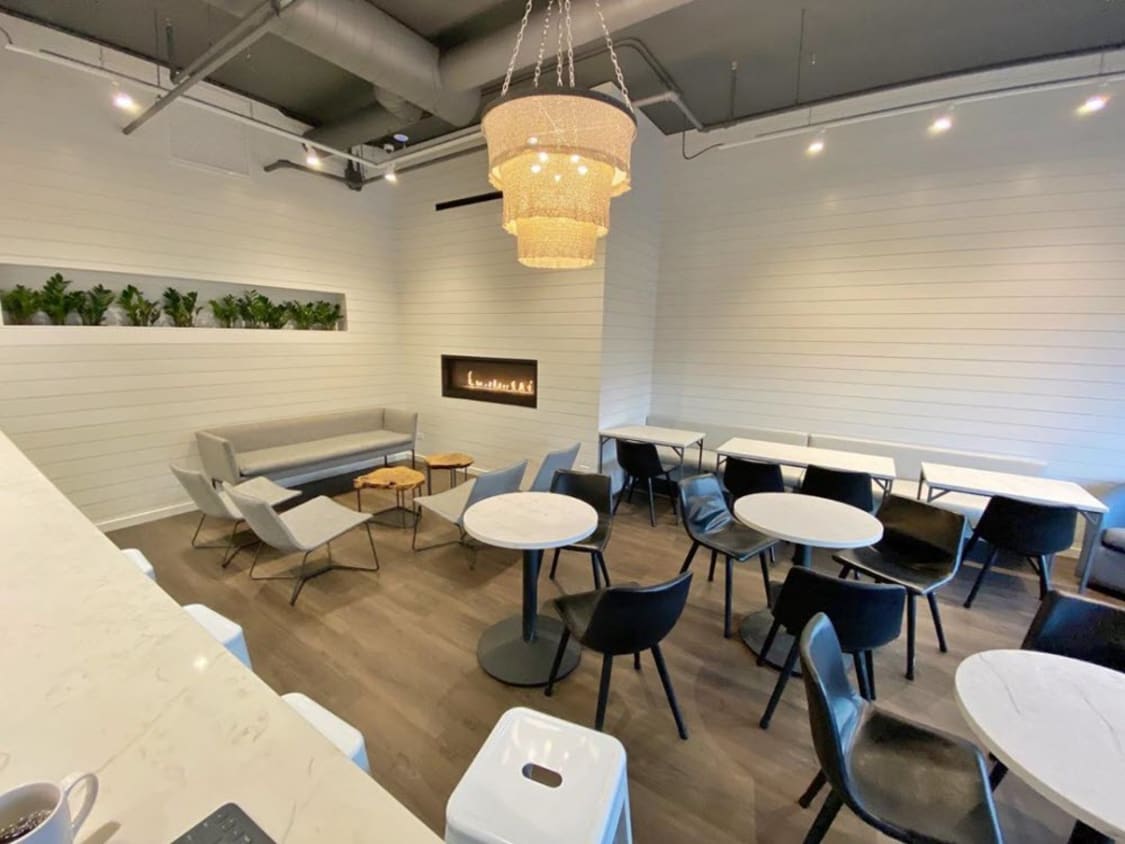
Modern style decor has been popularized in the first half of the 20th century. There aren’t many intricate design details in a modern style cafe. The core principle of this particular design style puts emphasis on form and function. In other words, every piece of decoration and furniture should be simple and practical.
2.Lighting and Ambiance
3.Decoration and Color Theme
Shop the Look
Classic Style Coffee Shop Design
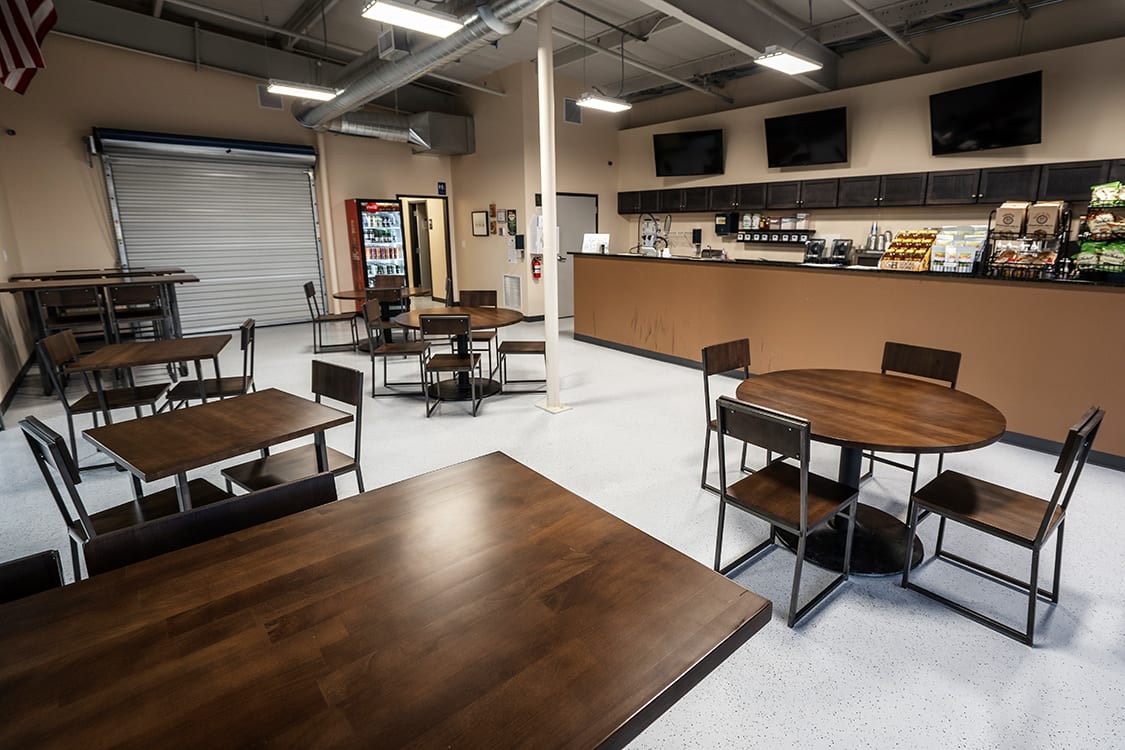
A classic style coffee house is described by many as cross-reference between a rustic and a vintage decor. The idea behind a classic coffee house is functionality. providing a neutral space in which people can sit down for a cuppa or just have one to-go with no fuss and no pretenses of grandeur. This design creates an inviting atmosphere while dispensing with unnecessary facade.
1.Furniture and Layout
2.Lighting and Ambiance
3.Decoration and Color Theme
Shop the Look
Urban Cafe Design
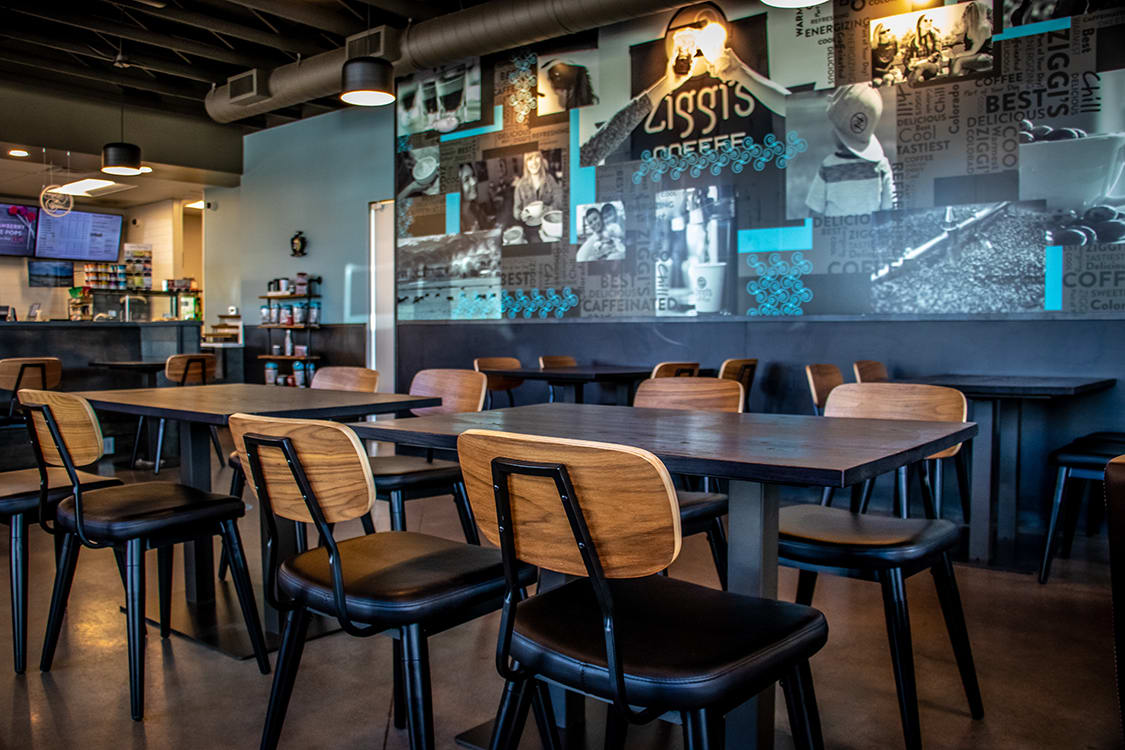
An industrial themed cafe takes inspiration from factories, warehouses and other industrial spaces. Urban design is an extension of the industrial style. It blends industrial, contemporary and modern design elements together to create a unique style. Having a more comfortable look than an industrial style, urban decor embraces loft environments and warehouse conversions as a foundation for its design. Lending a cosmopolitan vibe, urban interior commercial design often varies from earthy to eclectic. It makes the most of small spaces to create a functional and practical area for dining.
1.Furniture and Layout
2.Lighting and Ambiance
3.Decoration and Color Theme
Shop the Look
Mid Century Cafe Design
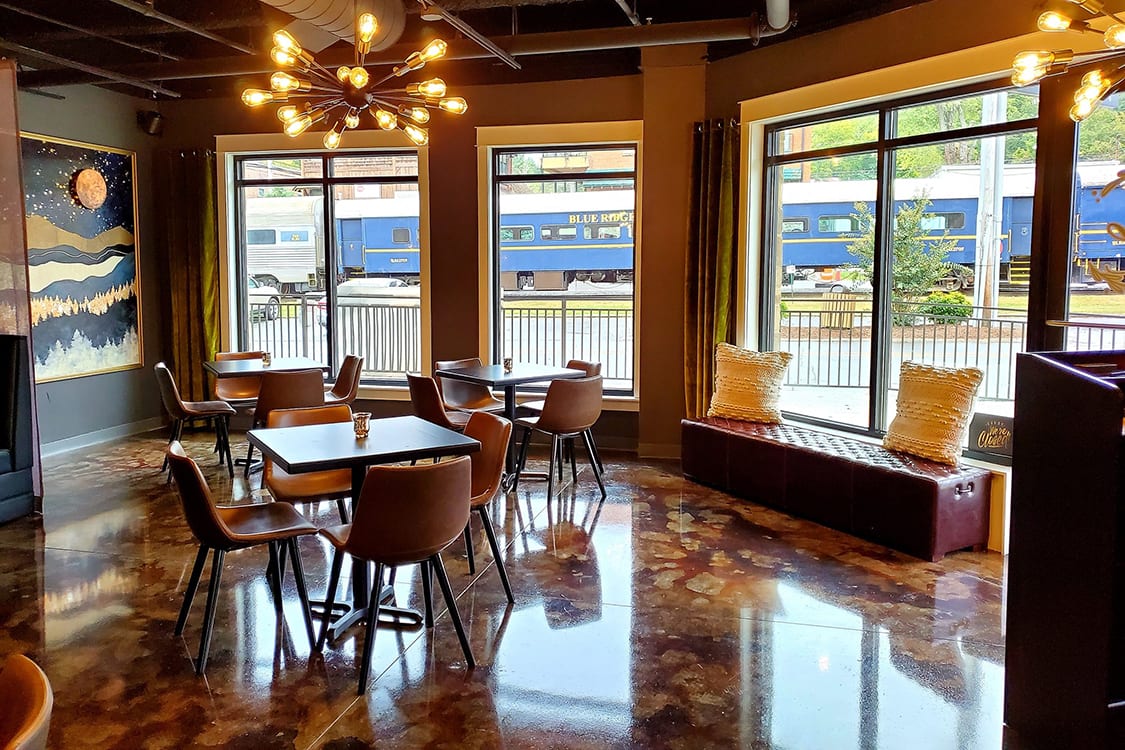
A mid-century design embodies materials created by innovative technology while still celebrating traditional elements. Though the actual timeline is unknown, the style represents an era from the 1930’s to the 1960’s. This design style rose in popularity in the USA in the middle of the 20th century. A mid-century coffee shop, or any dining venue, is recognizable for its clean lines, retro style and a fusion of organic and man-made materials. Other elements include muted tones, geometric shapes and integrating indoor and outdoor motifs. It has minimal ornamentation and an exploration of contrasting materials as well as design characteristics.






























































